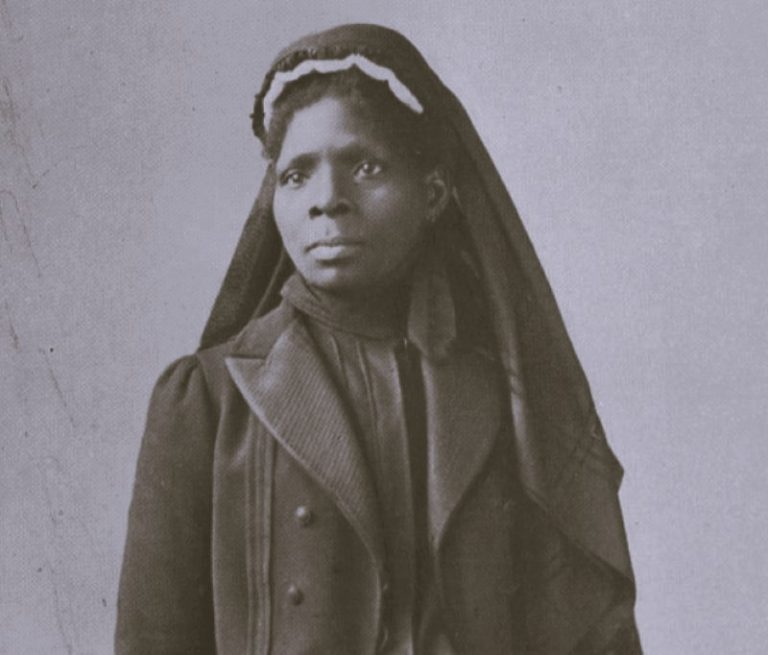

The issue has proved to galvanize turnout and play a major role in elections.
By Amy B. Wang and Leigh Ann Caldwell
Voters in about a dozen states in 2024 could decide the fate of abortion rights with constitutional amendments on the ballot in a pivotal election year — including in several battlegrounds that will be key to deciding the presidential race and which party controls Congress.
Abortion rights advocates chose the path of constitutional amendments because if passed, they would supersede any law enacted by state legislatures. Those advocates have reason to be hopeful: Since the Supreme Court’s decision to overturn Roe v. Wade last June, every ballot measure that has sought to preserve or expand abortion access has been successful, while those that have sought to restrict abortion access have failed — even in states that skew conservative.
Weeks after the Dobbs v. Jackson Women’s Health Organizationdecision, voters in deep-red Kansas defeated a ballot measure that would have removed abortion protections from the state’s constitution. Last November, voters in Michigan,California and Vermont approved ballot initiatives that enshrined the right to abortion in state constitutions, while voters in Kentucky and Montana defeated antiabortion ballot measures. Voters in Ohio approved a measure to enshrine the right to an abortion last month, despite efforts by Republican officials to hamstring the process by raising the threshold required for a ballot measure to pass.
READ ENTIRE ARTICLE AT THE WASHINGTON POST


